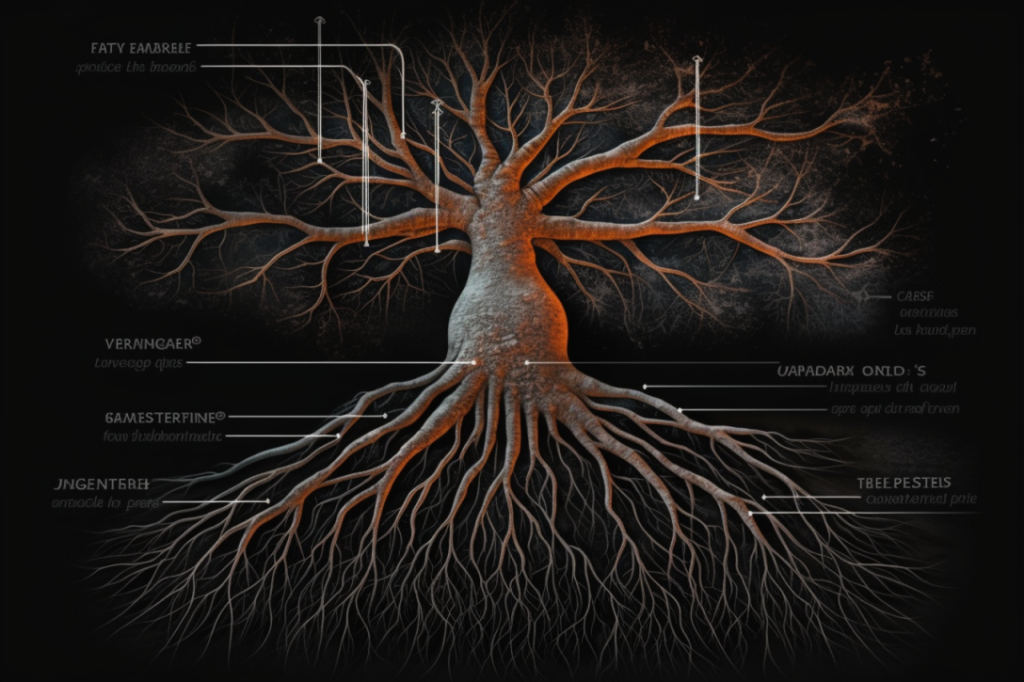Misinformation is a prevalent nuisance online. From Covid-19 to the latest widely debunked QAnon conspiracy theories, misinformation has become so saturated that it can be challenging to understand what’s fact and what’s not.
The propagation of information in every corner of the web is a great platform for learning and debating new ideas, political ideals, and disseminating the latest scientific advances.
However, the darker side of the information superhighway is now here. And this dark side is rife with misinformation and fallacies that can lead even the most discerning intellectual astray.
Because of this, Google is working on a number of improvements to their algorithm, along with adding new elements to the search results.
To combat misinformation, Google has announced that they are adding a new element to their search results.
This element is known as the “highly cited” label.
Why Does The New Highly Cited Label Matter?
Google’s algorithm is programmed to return pages that are the most useful and relevant to users, based on their unique queries.
In addition, the algorithm prioritizes a number of ranking factors based on how a site is constructed to how the site is linked to.
There are many situations where the most useful pages are not exactly the original source of the spreading information. However, they do cite pages that are.
Google’s latest addition is designed to help point users to the pages that are most cited among these particular results.
A Little History About the New Highly Cited Label
Back in 2019, Google first discussed weaknesses in original reporting that comes up often in their search results.
This is an area Google has wanted to improve.
With the introduction of the new highly cited label, Google hopes to give confidence to users reading these articles, by showing that they’re cited by many other journalists.
Google is also working on another initiative inside the company called the fact check explorer.
In July of 2021, Google added more context to the search results by introducing an “about this result” label.
This label ended up adding more context to the search results for more relevant and useful results.
The label was designed to really connect users to their queries, by providing more in-depth information.
At the time this label was introduced, Google already provided some information about these relevance factors.
But, the “About This Result” panel added much more context. Some of the factors that were added by this panel included things like:
- Local relevance
- Examining links
- Relevant matching keywords
- Related terms
With the introduction of the “About This Result” label, it’s clear that Google is consistently evolving their algorithms to include more on how things are being cited across the web, rather than returning a page just to return a page.
How Does The Highly Cited Label Work?
And how do you make sure that you can get the label for a particular query?
Google explained that this is really all about links. In SEO, a link is generally known as an editorial vote for a topic, also referred to as a citation.
The new highly cited label works by assessing what has been “highly cited” and linked to across the web, and provides context and information about these particular results.
It’s also about the stories that are the most cited. Theoretically, the stories that are the most cited across the web will have the label, and will create top stories carousels with results that contain the most cited label.
What Are The Risks and Drawbacks?
There are definitely some downsides. By exposing some of Google’s algorithm secrets, they do open up the search results to potentially being manipulated by bad actors.
Elizabeth Tucker, a product manager for Google Search, explained that “This is one of the reasons why we can’t show all the information about how search works in this label.”
Indeed, if they did that, there are many ways that the algorithm could be gamed, and most likely it could be done for nefarious reasons.
Tucker also explained that she feels that many people who are very technical would already know much of what is discussed in the panel, so it wouldn’t be a huge deal to include those particular factors.
However, bad actors could easily game other signals and manipulate the search results more so with misinformation, which is something that Google is trying to avoid with these updates.
How Much Is This Update Rolling Out and When?
Google expects the new highly cited label to appear in the top stories carousel on their search results page.
This is going to launch on mobile devices within the U.S. first, and in English. Then, it will be rolling out on a global scale in the upcoming weeks.
In addition, there are information literacy tips that will be a part of these changes, and will be showing up for queries that have breaking news. As a topic area, breaking news is considered to be a topic that evolves rapidly.
This is also a topic that is vulnerable to misinformation hackers.
Why This is Important
Because of these labels and their positioning within Google’s results, it is possible they will significantly alter how your site is displayed.
Also, it’s likely that your click-through rate on these results could be higher, because people will trust the results that show up much more when compared to normal results.
How does this combat misinformation? It helps to combat misinformation because people will very likely notice that these results are much more trustworthy than others, because they show that they are highly cited.
In case it wasn’t obvious by now: highly cited search results would likely be more trusted than other types of results, thus leading to the higher click-through rate.
Highly cited, in general, while it is a new change to the search results, quality links have always remained a ranking factor. Google is simply adding something new to the results in order for users to accurately verify that the sources they choose are trustworthy and not misinformation.
By making sure that these stories with such citations are highlighted properly, it’s possible to make sure that any misinformation hackers are kept at bay as a result.









